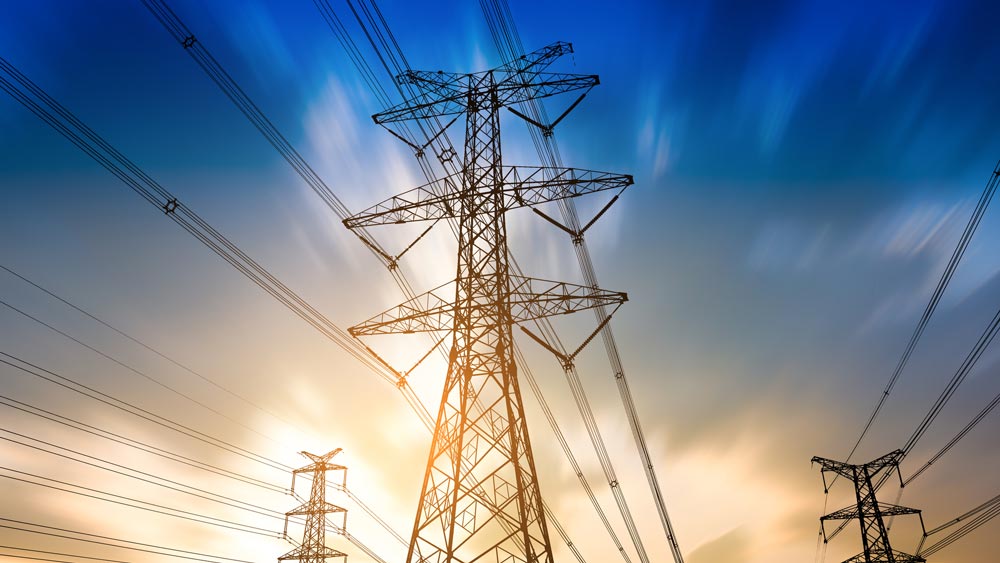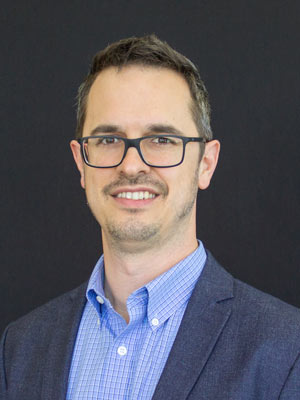
A conversation with Dr. Andrew Johnson, an expert in electricity distribution, about his ongoing work in Finland.
The world runs on electricity and those in charge of its distribution must balance quality and reliable service with efficient production methods and profitable prices.
In order to make electricity distribution as cost-effective and fair as possible, a research team partnered with the federal regulator in Finland to create, implement, and evaluate national electricity distribution policies and techniques.
The team included Dr. Andrew Johnson, associate professor in the Department of Industrial and Systems Engineering at Texas A&M University, and Dr. Timo Kuosmanen, a professor in the Department of Information and Service Economy at Aalto University.
Q&A

Q: What is electricity distribution?
As Johnson described, electricity distribution is the final part of the energy supply chain in which the electricity carried across power lines is delivered to the consumer. Because well-functioning power lines are vital to the process, distributor companies are responsible for overseeing and maintaining them to ensure customers are receiving service.
Due to the high cost of construction, it is common for only one distributor to exist in a service area.
In the United States, the regulation of this sector is done by state agencies that aim to identify anomalies in distribution and correct companies. If no anomalies are brought to their attention, no initiative is made to evaluate distributor companies.
Europe, on the other hand, has a more proactive approach. Johnson explained that each country has a federal regulator who actively studies the performance of distributors and enacts policies to ensure customers are getting fair pricing and aren’t being taken advantage of by the sole area distributor.
Q: What issue(s) does your research address?
“Thirty or 40 years ago,” Johnson said, “European electricity distribution services were owned by the federal governments. However, that raised concerns that the government didn’t maintain a high quality of service because there wasn’t a profit incentive.”
In order to improve the service level provided, electricity distribution was privatized across Europe, but was still regulated and benchmarked by the federal governments.
“What we're trying to do with our regulation and technique is push back in the other direction. So now the service level is pretty good, but we want to make sure the companies are providing service at the best cost for the people,” Johnson said.

That means that the researchers needed to learn how to balance and navigate the tug-of-war relationship between business and government.
“One challenge that we’ve come across is that companies have very large stakes in the way policy decisions might affect their financial outcomes and are eager to do what they think is in their own best interest,” said Johnson.
As he further explained, this obstacle stemmed from the built-in skepticism that companies have toward the regulator. For every policy and benefit explained, the team is met with political pushback from companies as they haggle for other outcomes that they believe will better fulfill their goals.
Q: What conclusions has your research produced?
In addition to practical applications, Johnson and Kuosmanen’s ongoing work has given them an opportunity to analyze methods used in their area of research using real data and to improve upon them, Johnson explained.
“The limitations of the variety of techniques used in efficiency literature has become clear during our project,” said Johnson. “To rectify this, we've combined some of them in order to develop enhanced, hybrid techniques to implement in Finland. Our work with the regulator has allowed us to test our techniques and impact society. And, by being able to estimate cost benchmarks better and get fair electricity distribution prices, we hope that we've put money back in the consumers’ pockets and made lives easier.”
Together, the researchers and regulator evaluated current cost benchmarking methods and electricity distribution policies in order to gain insight into the status quo, Johnson said. From there, they created new policies and efficiency techniques to improve cost-effectiveness and consumer protection and set up a schedule to gradually introduce new national regulations.
Finally, the researchers took a step back to analyze the benefits and consequences of implementation in order to prepare solutions and amendments for the future.
Q: Any closing thoughts?
“We're currently writing a paper about our most recent iteration of the regulatory policy and one thing that we've realized is that Finland does have relatively low distribution costs compared to the rest of Europe,” said Johnson.

“So, while this is just one data point, it's also the only one that's adopted our new methodology for benchmarking," he continued. "We think this is a strong indication that the regulation is working and showing some benefits for the people of Finland.
I know there's always been a skepticism in the United States toward regulation and government intervention in private markets, but there is value to protecting the consumer in natural monopolies. I think in this kind of situation, where one company has been given the task to provide a service and no other company can compete with them, there is benefit to regulation.”